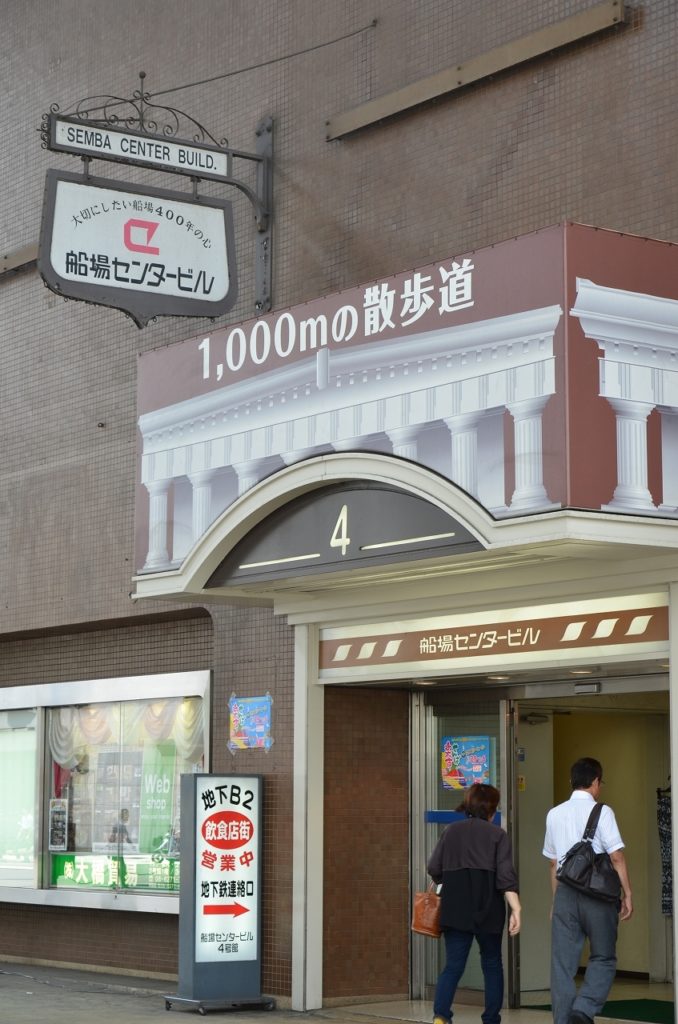
In Osaka, the city where commerce has flourished for over 400 years, one of the oldest and liveliest commercial areas is called Semba. This area, a well-known as a center of business, is host to a unique commercial building called the Semba Center Building, which measures one kilometer (3,280 feet) in length. While not found in most tourist guidebooks, it offers surprises and delights for both shoppers and gourmands.
This building is so long, it almost seems to follow the curvature of the earth’s surface. Visiting Americans at the time of the building’s completion in 1970 were heard to remark, “It’s as if New York’s the Empire State Building had been turned horizontally and run along the street.”
Moreover, the building’s 10 segments are sandwiched between the underground subway network and a highway that runs above it. Diners at its restaurants can enjoy a variety of unique and tasteful foods at very reasonable prices.
The Historic Commercial Center of Japan Still Lives
Semba’s origins date back to 1583, when Toyotomi Hideyoshi (1536-1598), the country’s most powerful warlord back then, began the construction of a huge castle in his domain of Osaka. Since a large number of workers had been assembled to build the fortifications, large supplies of daily commodities and food were required. As a result, inns, restaurants, and stores selling everything from traditional medicines to dry goods were successively established in the Semba district, enabling it to flourish at the center of the Japanese economy and as a distribution hub for various goods. Even now, many wholesalers with a focus on textiles and such famous companies as Itochu Corporation, a general trading company; Takenaka Corporation, a major construction firm; Kurabo Industries, Ltd. a textile manufacturer; the Osaka Securities Exchange; and several major banks have their regional or national headquarters close by.
A Kilometer-long Shopping Promenade with 800 Businesses
At the time of its completion in the same year that Osaka hosted the 1970 World Exposition, the Semba Center Building was being called “a revolutionary commercial building” in terms of its functionality, efficiency, and rationale. If analogous to the United States, the building might be compared to Manhattan’s Grand Central Terminal in the center of New York. Access is particularly convenient due to its location near Osaka’s geographic center, adjacent to the main thoroughfares of Midosuji and Sakaisuji, and direct connections to Honmachi and Sakaisuji Honmachi subway stations. In addition, a section of Osaka’s metropolitan expressway runs atop the building, which also has parking for 420 vehicles.
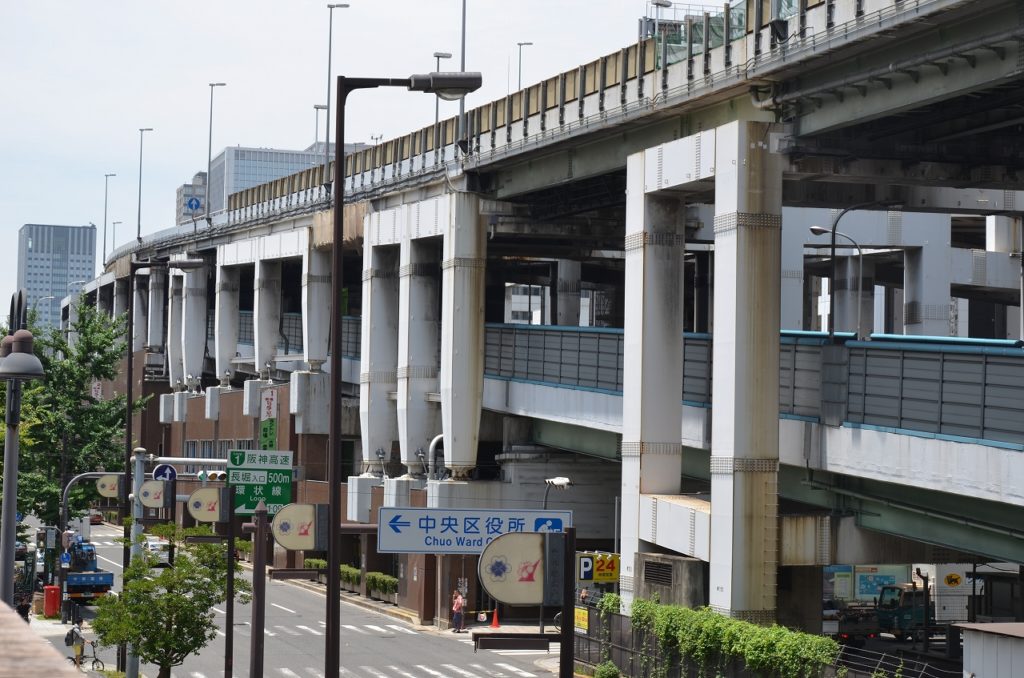
The building’s greatest appeal is its shopping promenade of 800 stores in the building, which stretches east to west for a full kilometer. It consists of 10 segments: Most of the stores in buildings No. 1 to 3 deal with familiar brands and famous brands in the world located in building No. 1, called the “Import Mart.” In buildings No. 4 to 10 are mostly textile wholesalers and retail stores of fashion and the related businesses.
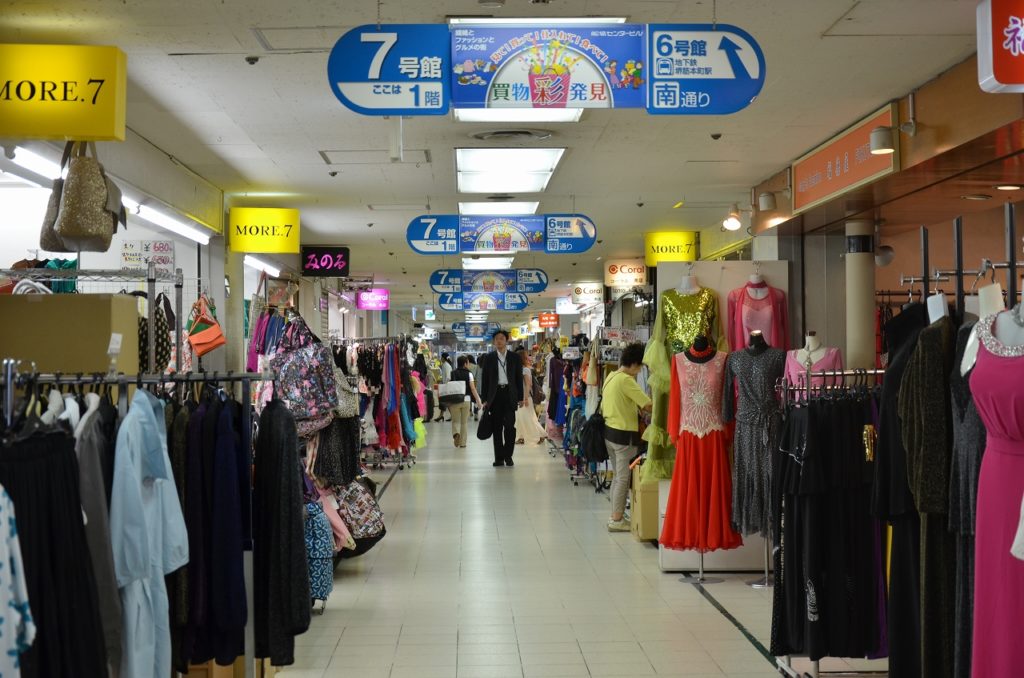
One of the greatest pleasures for a visitor is the chance to enjoy Osaka’s umaimon, delicious foods, as Osaka has a reputation for being the “Nation’s Kitchen.” The basement of the building features many kinds of restaurants from folksy izakaya taverns, to cafe bars, noodle restaurants and others, offering tasty meals and generous portions at reasonable prices. So in a sense then, the Semba Center Building is a microcosm of a major city, selling a variety of goods and delicious foods, and as such may very well be an ideal tourist destination for foreign visitors.
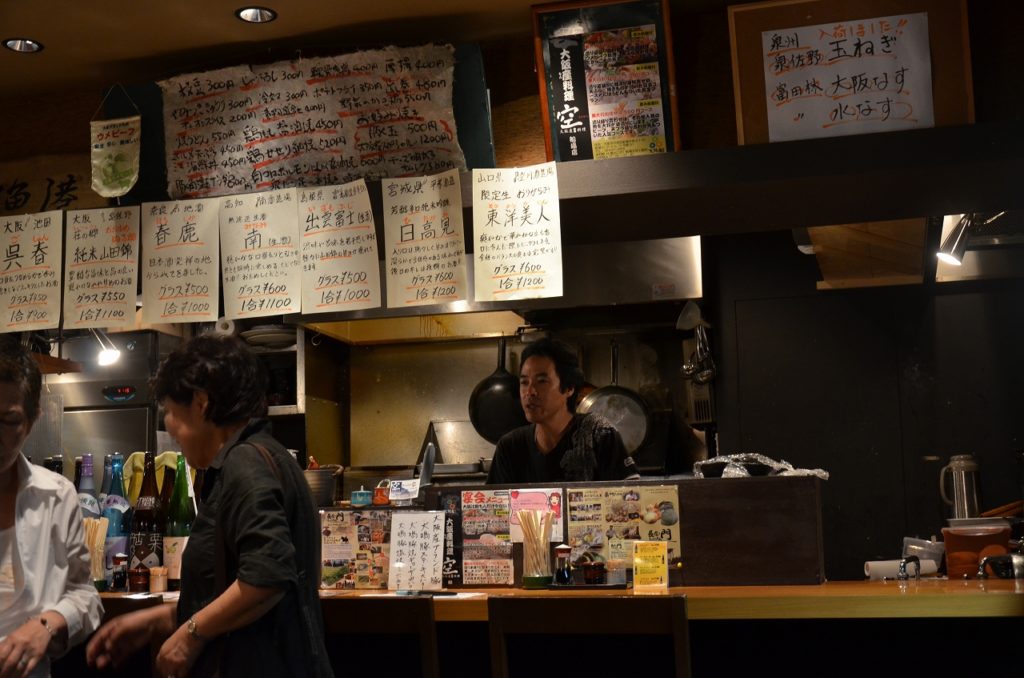
Unfortunately, while it was heralded as an unprecedented project at that time of its opening, many residents and visitors in search of good food and shopping began moving away to Osaka’s other commercial areas, like the glitzy Shinsaibashi shopping promenade. More recently, people have been flocking to the city’s newly redeveloped areas, such as the Umekita Grand Front Osaka and Knowledge Capital (see the page 8), both next to JR Osaka Station. However, the Semba district still boasts residual power as the “business portal of Osaka,” despite its being somewhat off the beaten track, and likewise the Semba Center Building.
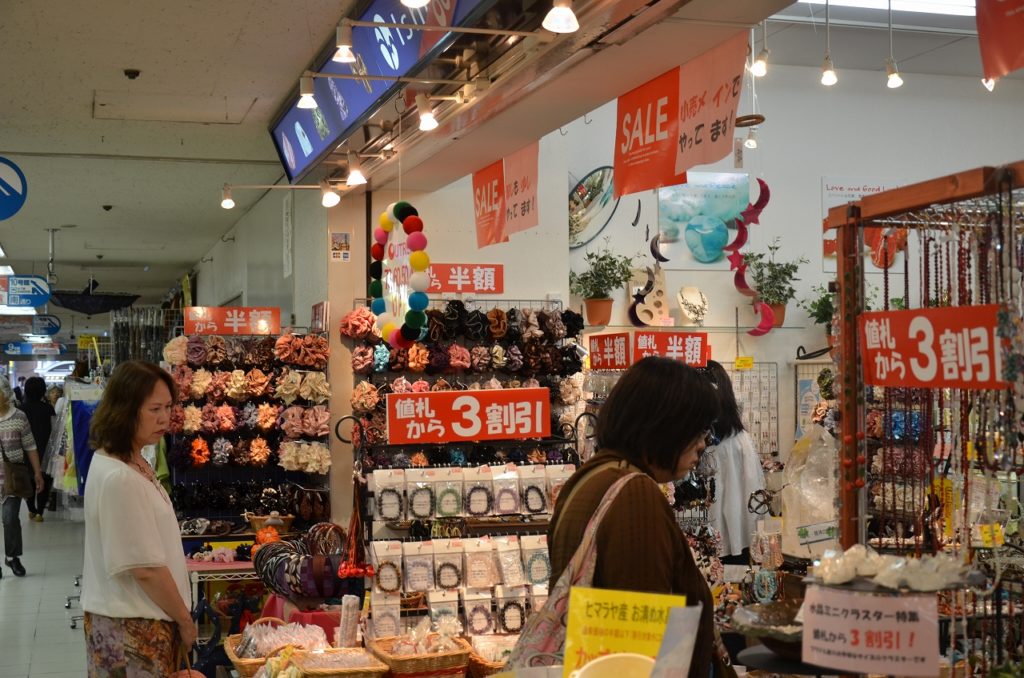
Everything You Want Under One Roof
Semba, which laid the foundations for business in modern Japan, was also the location of a shrine where merchants went to pray for prosperity. For this reason, the merchants took special pride in being able to operate in what was seen as the “sacred turf” of business. And likewise, to become a respectable merchant, Semba was the best place to be in order to learn the ABCs of business and the methods of taking care of customers.
Many of the building’s tenants, not only those in retail shops but wholesalers as well, are still in business there. The prices for goods can be described as resembling a factory outlet store, and are typically much lower than is charged at nationwide retail chains.
Merchants will post signs indicating “reduced prices” or “all goods 40% off.” Indeed, the merchandise here is remarkably inexpensive, but yet high quality. At Art Spirit (Center Building No. 7, shop 134), which just opened about six months ago, Mr. Rikkou, the store manager, said, “We don’t get so many customers here, because this building has been losing business to Shinsaibashi, the popular shopping area, and the Umeda North area. But we handle crafts and folk art goods related to the Silk Road and Tibet. I am sure young people like those goods very much because small accessories and items are popular. For us here, the main advantage is the affordable rent.”
Although the buildings house many fashion-related accessories shops, weekdays will find many shoppers and tourists who visit on weekdays. A middle-aged women who was buying a blouse remarked, “I don’t come here very often, but I enjoy choosing discounted items with high quality, and there are some real bargains here. Look at this one: it costs only 680 yen ($6.80).”
Certainly it is cheap. A party dress can be found selling for several thousand yen. She added, “It’s a troll of 1,000 meters where I can enjoy window shopping while in a treasure hunting mood.”
Each day at lunch time, office workers from nearby buildings and employees in Semba Center Building converge in the basement of gourmet streets to fill their stomachs. Cozy restaurants and self-serve cafeterias offer lunch items at very reasonable prices. Besides those restaurants, an alley called “Semba Proprietress Alley” has adopted the unique specialty concept of “materials produced in Osaka.”
Mr. Yutaka Imai, who proposed this idea and runs a restaurant there called “Sora” (sky), explained the concept behind the alley’s redevelopment.
“Osaka is the nation’s kitchen,” Imai asserts. “We wanted to encourage native Osakans and other people here by using foods grown, produced, and obtained in Osaka, to create something new that can be shared with the entire country. And why Semba? Well, Semba was the center of business in Japan, and in some ways still is now, I believe.”
He added enthusiastically, “I even appealed to the store association to have the name of the subway station changed from Honmachi to Semba, because there are people who don’t realize that the Semba area is historically the commercial center of Japan, and that this area was the center of trading for rice at the first modern exchange market of its kind in Japan.”
Semba Center Building
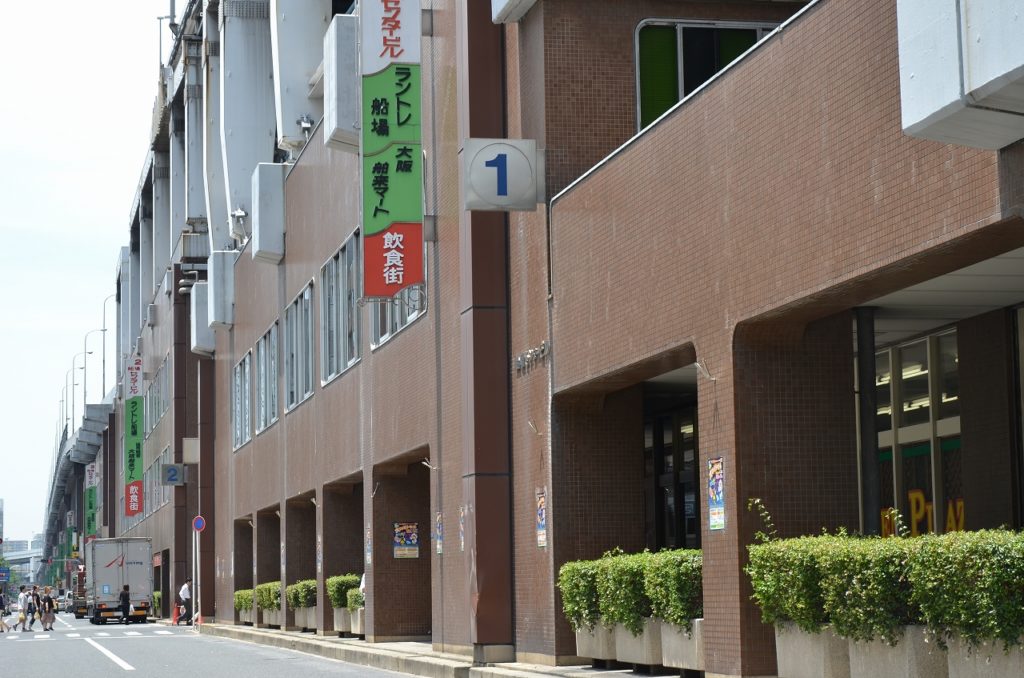
Address: 1-chome to 4-chome, Semba-chuo, Chuo-ku, Osaka City, Osaka
Business Hours: 9:00am to 18:00pm (stores)
9:00am to 22:00pm (restaurants)
Parking Capacity: 450 vehicles
Stores:
Buildings No. 1-3 (Osaka Import Mart) are retail and wholesale stores handling imported goods (Osaka Import Mart), including furniture, fashion items and underground restaurants called “Joy Senba 50.”
Buildings No. 4-9 are textile wholesalers, retail stores, and underground restaurants called “Umaimon, Delicious, Street.”
Building No. 10 are retail stores and restaurants (gourmet town, and Semba Proprietress Alley).



0件のコメント